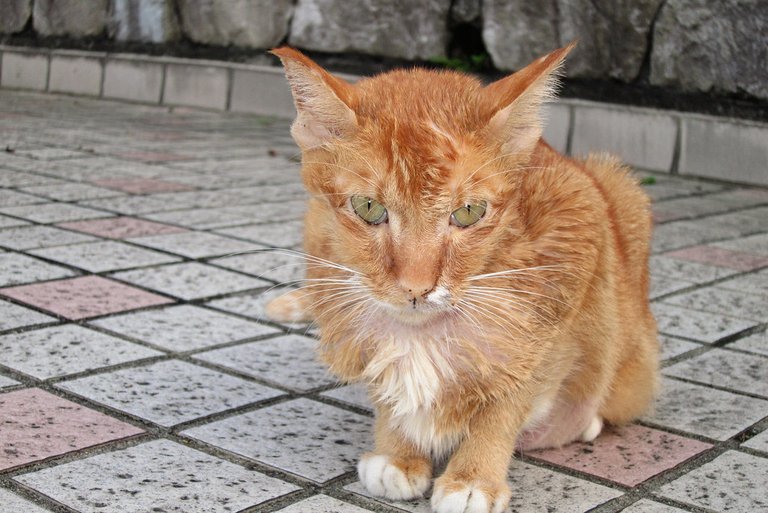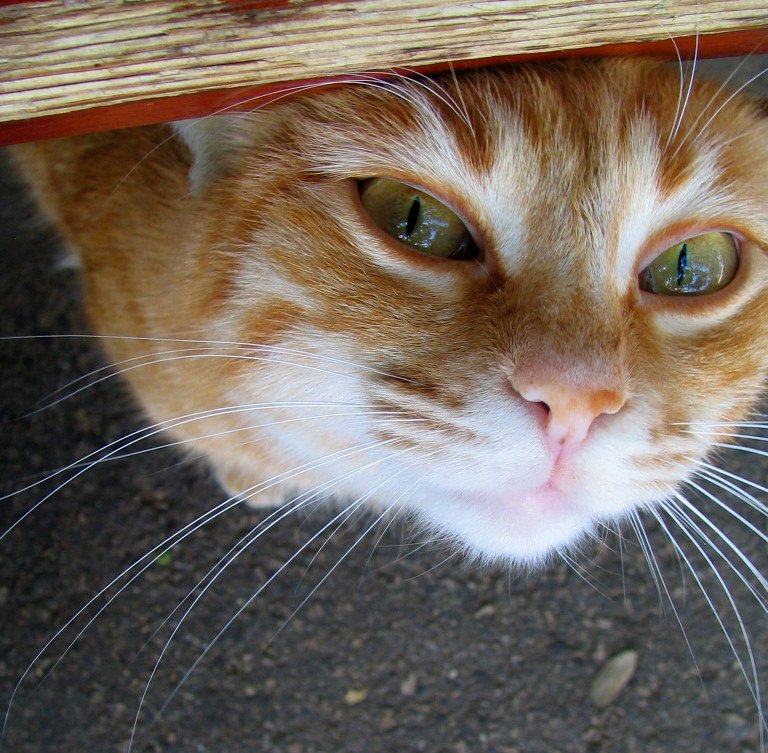FOPS in Cats: A Strong Trigger for Mouth Pain
I briefly mentioned in one of my most recent posts that there are times when we confuse the pain and discomfort our pets feel for laziness, and today's post is one of such. Feline orofacial pain syndrome (FOPS) is a condition characterized by signs of serious oral discomfort and mutilation. This condition was recognized first in the early 1990s and has been predominantly presented in Burmese cats.
An affected cat will most likely show signs of extreme licking, chewing, and pawing of the mouth. In severe situations, an affected cat will show mutilation of tongue, lips, and buccal mucosa. Some cats will experience continuous discomfort, and the pain they feel will result in their inability to eat well, or they may even become anorexic.
Cats of any age can get affected, but most will first show signs when they begin to erupt permanent teeth; some breeds are also more susceptible than others. The pain associated with this condition is usually triggered or worsened by dental disease and further stretched by environmental factors. Usually, it has a poor response to first-line treatments, and consequently, the quality of life of an affected cat becomes greatly impacted, forcing pet owners to make highly difficult decisions.
Research was carried out amongst some categories of cat owners whose pets have experienced oral discomfort to find out what they think the triggers are, and the results came out as follows. Mouth movement created a trigger among 33 cats out of 113 cats; 28 out of them were noticed to have signs of distress after eating. In addition to eating, four other cats were noticed to begin to show symptoms after drinking, and only one cat showed signs of oral discomfort after grooming only.
Through this research, it was discovered that 71 out of 113 cats showed evidence of oral lesions and behavioral signs of discomfort. 48 out of 71 had periodontal disease ranging from generalized gingivitis to odontoclastic resorption lesions and endodontic disease, which is secondary to periodontitis. Three out of the cats had mouth ulcers, which were believed to be linked with herpes or calicivirus infection and primary vaccination.
Environmental stress also contributed to a great deal of discomfort, causing anxiety in 24 cats; 14 out of 24 cats were related to social incompatibility, and others were related to a veterinary hospital stay. Four out of the cats showing stress had their first episode of FOPS during teething.
Other cases were hereditary; they seem to come from the same or similar breed of parents, within the same date of birth range. Some pets began to experience FOPS after a dental treatment; however, the extent of the work and the number of tooth extractions were not detailed in the report. Some of the affected cats were also found to pick up FOPS after taking non-steroidal anti-inflammatory drugs or antibiotics.
There is no one diagnostic test for the disease; diagnosis is dependent on the nature of clinical signs presented, the elimination of other possible explanations, as well as the identification of contributing causes. The cat will be checked first for other causes of mouth pain, especially for the presence of dental disease. The presence of dental disease will make the cat distressed, but the difference between FOPS and other dental diseases is that, in FOPS, the response to the pain is inappropriate and characterized by mutilation. Other tests, like blood work or radiographs, may be recommended.
The existence of periodontal disease will be treated; the investigation of periodontal disease present is important because most cases of FOPS are triggered by it. We must also have it at the back of our minds that, with FOPS, the trigeminal nerve sends out an inappropriate message, and this calls for treatment of even the most minor dental issue.
The aim of treating FOPS in a cat is to limit the discomfort experienced, limit the mutilation, identify as well as treat other possible triggers. Until discomfort can be controlled, mutilation should be prevented by using a paw bandage or Elizabeth collar. Environmental stress should be reduced, dental disease should be treated, and discomfort should also be reduced.
REFERENCES.
https://pmc.ncbi.nlm.nih.gov/articles/PMC7128958/
fitzpatrickreferrals.co.uk/neurology


@tipu curate
Upvoted 👌 (Mana: 28/58) Liquid rewards.
thanks
For someone who's seriously thinking of adopting a cat, this could come in handy. Would be interesting to know the incidence rate for this abnormality though, especially in our country's clime.
FOPS is actually a very rare condition, there is actually no veterinary case reports and survey data from Nigeria and even other Africa countries as regards the condition. Do not be scared about getting your cat, you just have to pay close attention for any sign of possible discomfort that needs to be reported immediately to a vet clinic.
That's more comforting. Thanks
My humble pleasure Sir.
Thanks for your contribution to the STEMsocial community. Feel free to join us on discord to get to know the rest of us!
Please consider delegating to the @stemsocial account (85% of the curation rewards are returned).
Thanks for including @stemsocial as a beneficiary of this post and your support for promoting science and education on Hive.